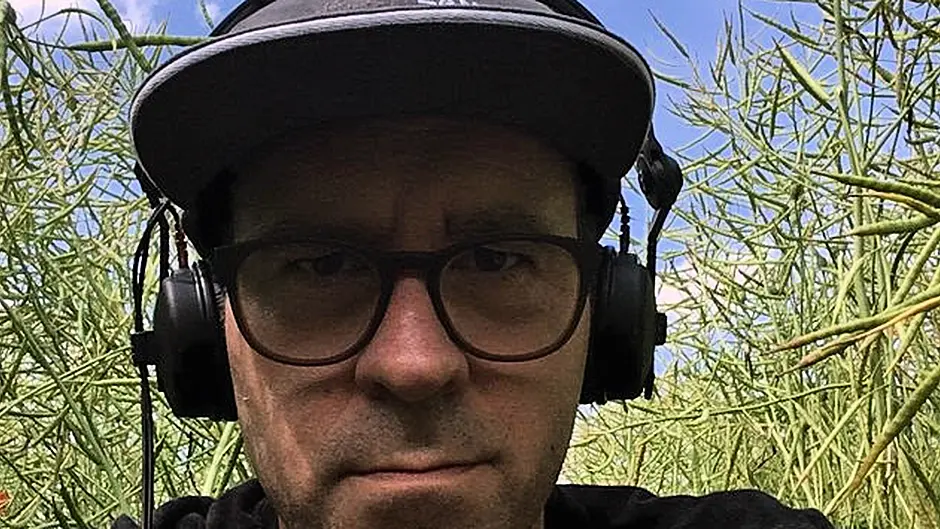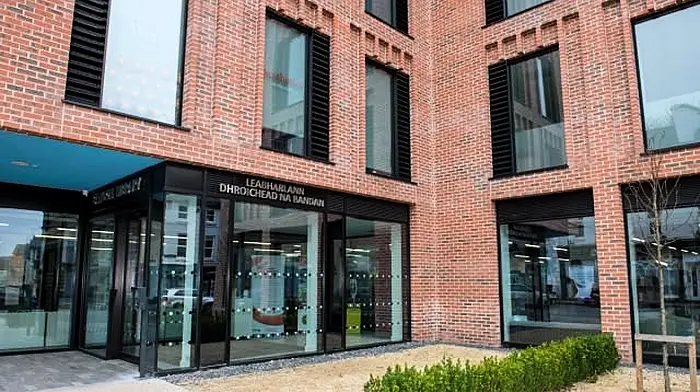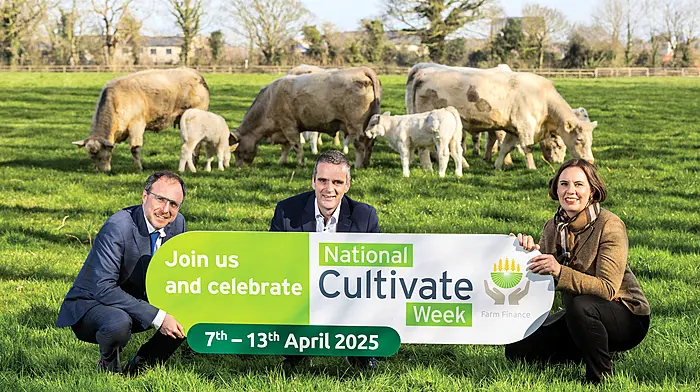BY DYLAN MANGAN
SOUNDSCAPES are an important tool for understanding biodiversity, according to a Swiss researcher who has been recording the sounds of Roaringwater Bay for close to a year.
Marcus Maeder specialises in the fields of sound art and acoustic ecology and has brought his expertise to Glenkeen Gardens in Ballydehob to measure the impact of climate change on West Cork.
‘The project is to observe the coastline,’ said Maeder. ‘The scientific part is related to the weakening of the Gulf stream because once the water starts to have higher temperatures you expect to see changes.’
Acoustic ecology is essentially a way of measuring the biodiversity of a certain area by listening to the number of different natural sounds in an area over time.
Recorders are placed in the water, on the waterline, at the coast and further inland, and record not only sounds, but the temperature and humidity as well as water temperature and salinity.
‘You mostly hear the animals living in the soil, which is also the case for above-ground recordings. So what is mainly of interest is noise or sounds made by animals,’ said Maeder.
‘The process is a purely statistical one. What I look at once is how many different sounds are in the recording and from the different sounds you can link that to different animals, meaning biodiversity.
Simply put - the more sounds the better, with one important caveat: ‘Sounds yes, but maybe not human-produced noise!’
Maeder has been recording the West Cork soundscape for a year, and while it will be another year or so before any conclusions can be drawn from the data, he has noticed some unique characteristics on the coastline.
‘This environment is much harsher than any other that I’ve worked in before,’ said Maeder, who has ongoing projects based in the Swiss mountains, Germany and even the Amazon. ‘But the area is very much alive. I hear lots of animal sounds on the water and inland - it’s really a beautiful thing to hear.’
Aside from his scientific research, Maeder also focuses on having an artistic output from his work, and has set up a web radio where members of the public can listen to the sounds recorded in Roaringwater bay.
‘Our aim is to start a dialogue with the people of West Cork about the environment,’ said Maeder.
Part of that dialogue begins at Working Artist Studios in Ballydehob at 5pm on Thursday December 8th where Maeder will speak about his work.
Members of the public can access the ongoing project at www.imeall-an-chosta.net.








